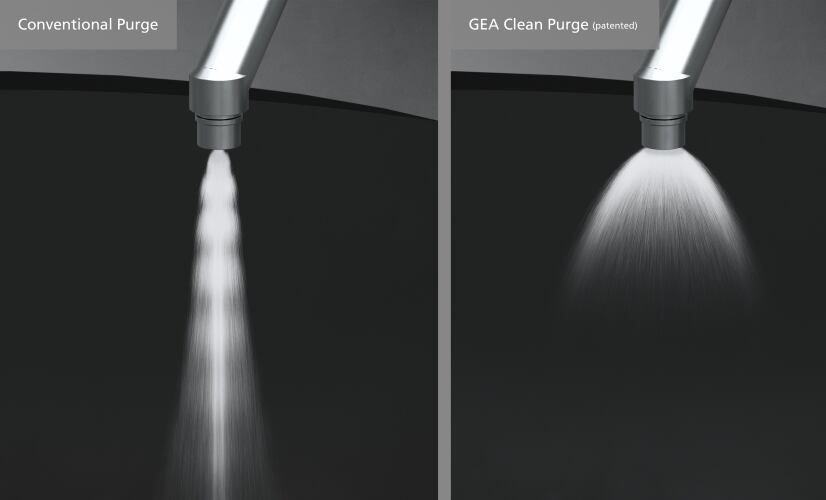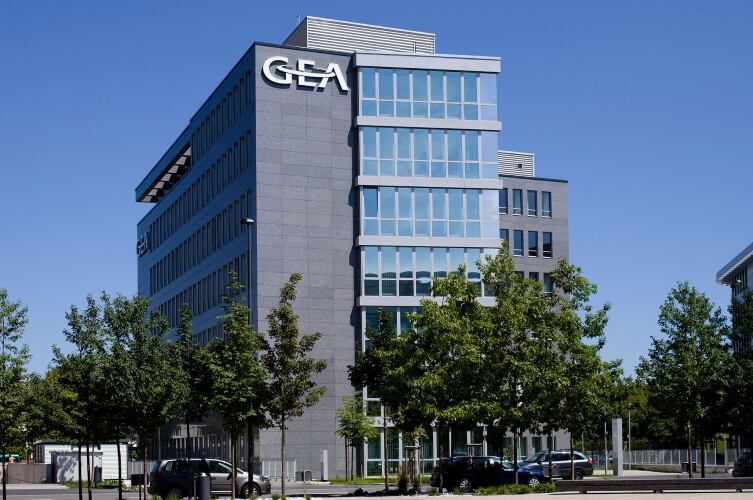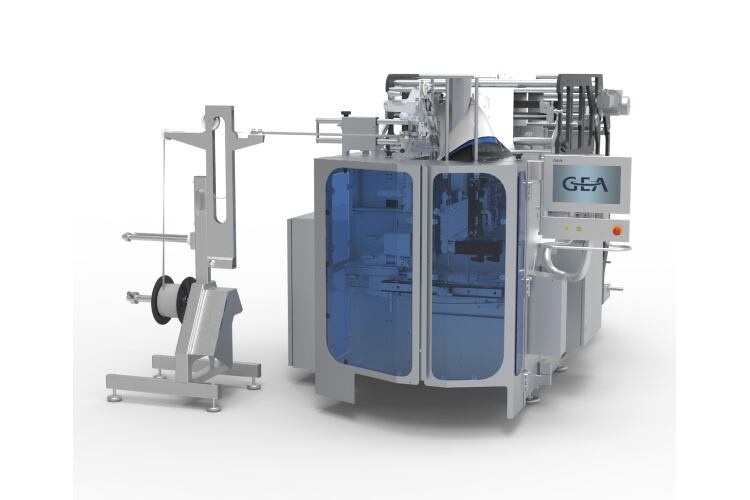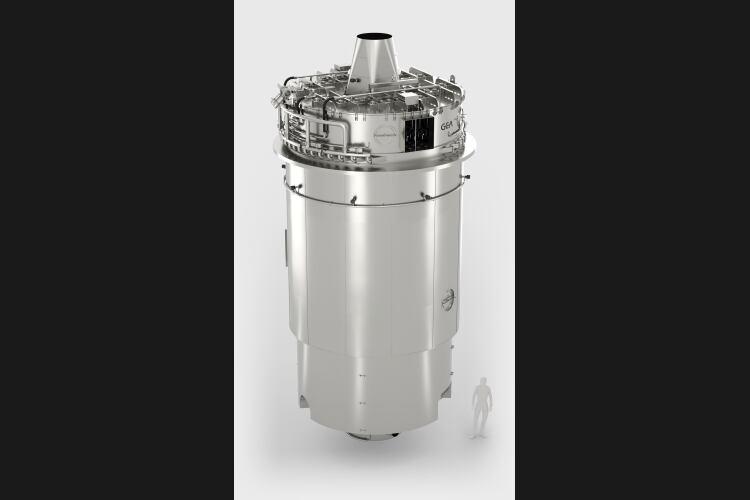The patent covers the process of purging feed nozzles while swapping feed systems to ensure continuous feed product to the spray dryer. In practice, this patent grants GEA exclusivity to supply dairy and food spray dryers that can operate continuously at the highest level of safety and efficiency with feed line swaps.
GEA said its Clean Purge is a safety and efficiency enhancement as it addresses the primary cause of fire and explosions in spray dryers while offering product and operational savings to customers.
Swapping feed lines
Food and dairy dryers can operate continuously by using multiple feed systems – typically two or more feed lines upstream of the spray dryer. This is because the feed lines require regular daily cleaning using a three/four-hour clean-in-place process to prevent undesired bacterial growth and the risk of producing off-spec product.
This requires a spray dryer designed for continuous operation to ensure a smooth and safe swap of the concentrate feed lines without interrupting the process. In turn, this requires a cleaning system that can efficiently purge and atomize the product remaining in the feed lines into the spray dryer to prevent loss of valuable concentrated feed product. The swapping and purging of feedlines is typically fully automated.
When cleaning or purging the retiring feed system, GEA said it is vital to ensure any remaining feed product is pushed out through the spray nozzles and atomized just as efficiently as under normal production; and that the spray nozzles are completely empty after purging. Failure to achieve this can lead to product failures and increase the potential risk of fire or dust explosions. It is GEA’s method of achieving this purging effect and feed line swapping, using GEA Clean Purge, that has been awarded this new patent.
Safety risk
If the retiring spray nozzle lances are not properly emptied before being removed manually by the operator, this can lead to feed product dripping into the spray dryer chamber or depositing on the spray nozzle positioned in the hot air zone of the air disperser. This is a potential safety risk and a known cause of fires and explosions in food and dairy spray dryers, GEA said.
Loss of production efficiency
If the feed concentrate is not correctly atomized during the nozzle purge, it will not dry properly to form powder, but will potentially wet the bottom of the spray dryer, leading to increased deposits and fouling and a significant daily loss of valuable powder. The energy consumed to generate the feed upstream of the spray dryer is also lost. Finally, the increased fouling requires more frequent stops and the use of more water and chemicals.
Patent covers range of solutions
Both the increased safety risk and the loss of production efficiency is mitigated by GEA Clean Purge, the company said. The solution reduces safety risks, representing a step forward for food and dairy powder production, GEA said. The patent covers a range of solutions for efficient feed line change over. The GEA Clean Purge high-pressure operation atomizes the feed during the purge. This means no feed is lost, fouling of the drying chamber is minimized, and the safety risk associated with feed changeover is negligible.
GEA Clean Purge is available on all new dairy spray dryers designed for continuous 24/7 production –or for other applications using nozzle lance change ‘on the fly.’ It can also be retrofitted to existing installations.
GEA said plants using Clean Purge will benefit from improved safety, higher yield, reduced water and chemical usage, reduced plant downtime and higher overall equipment efficiency (OEE). Plant operators will, depending on the application, plant size, and duty, be able to recover the initial investment quickly. The reduced risk of fire and explosion, however, will be realized immediately.




